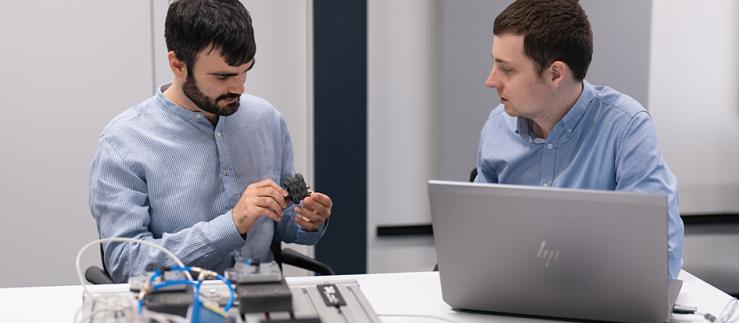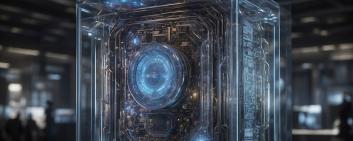Much of a computer’s energy consumption is due to data storage. For this reason, scientists have been searching for an alternative material for storing data for many years.
According to a press release from the Paul Scherrer Institute (PSI), multiferroic materials have long been regarded as a promising alternative. With these materials, an electric field would suffice for magnetic data storage, as they combine magnetic and electrical properties.
Much less power and cooling are required to produce these electric fields than with conventional magnetic storage. However, the state needed to produce an electric field has only occurred at very low temperatures until now, making them impossible for use in heated devices such as computers.
PSI researchers have now made a breakthrough in this resect. Two years ago, they succeeded in shifting the temperature limit from minus 173 degrees Celsius up to 37 degrees Celsius. While a big step forward, this was still not enough to use it in laptops and other strongly heated data storage systems. Now, Marisa Medarde and Tian Shang from PSI have “succeeded in stabilizing a magneto-electric, multiferroic material that retains the required magnetic properties even at 100 degrees Celsius”, according to PSI.
In order for the multiferroic materials to exhibit the desired properties, the small magnets inside of them have to be arranged into a spiral structure. However, this spiral structure is lost at normal temperatures. To this end, the PSI researchers reduced the distances between some atoms in the crystal lattice, bringing them closer together. The new, more compact design changed the electromagnetic forces in the crystal in such a way that the spiral structure of the magnetics remained stable even at higher temperatures.
More research needs to be conducted for the multiferroic material to actually be used for storing data in the future, as they will “have to perform in thin-film layers, where much less material is used”.






